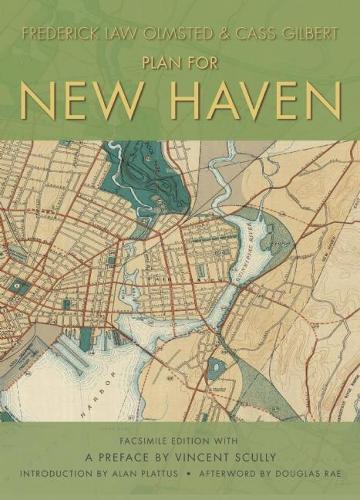
The Plan for New Haven
(Paperback)
Publishing Details
The Plan for New Haven
By (Author) Frederick Law Olmsted
By (author) Cass Gilbert
Introduction by Alan Plattus
Preface by Vincent Scully
Afterword by Douglas Rae
Trinity University Press,U.S.
Trinity University Press,U.S.
26th February 2013
United States
Classifications
General
Non Fiction
History of art
711.4097468
Physical Properties
Paperback
160
Width 215mm, Height 254mm
396g
Description
Long before cities were scrambling to go green and eco-conscious commuters were sensibly strapping on their bike helmets, New Haven, Connecticut, was envisioning a plan for its growth taken from the challenging ideas of the City Beautiful Movement and its call for civic monumentality. In a 1910 plan commissioned from legendary landscape architect Frederick Law Olmsted and prominent architect Cass Gilbert, New Haven's leaders charted new ground by incorporating revolutionary models for studying social and demographic data and using that information to help guide the physical plan for the city's growth. The visionary result is a gem of American urban planning history that became a benchmark in discussions about the shape the new American city would take in the twentieth century.
This facsimile edition of the 1910 Plan for New Haven, available to general readers for the first time, includes a critical contemporary review of the century-old plan. Architectural scholar Alan Plattus and urban economist Douglas Rae contribute modern perspectives on the plan's importance to the development of both New Haven and American urbanism in the current rediscovery of urban livability and sustainability. The lessons of master urban planners like Cass and Gilbert have never been more valuable and can guide an exploration of how American urbanism has evolved and where it is going in the twenty-first century.
Author Bio
Cass Gilbert (1859-1934) was a prominent American architect often associated with the early skyscraper movement. He served as president of the American Institute of Architects. His noted works include the U.S. Supreme Court Building, the St. Louis Library, the St. Louis Museum of Art, numerous state capitol buildings, and the acclaimed Woolworth Building in New York.
